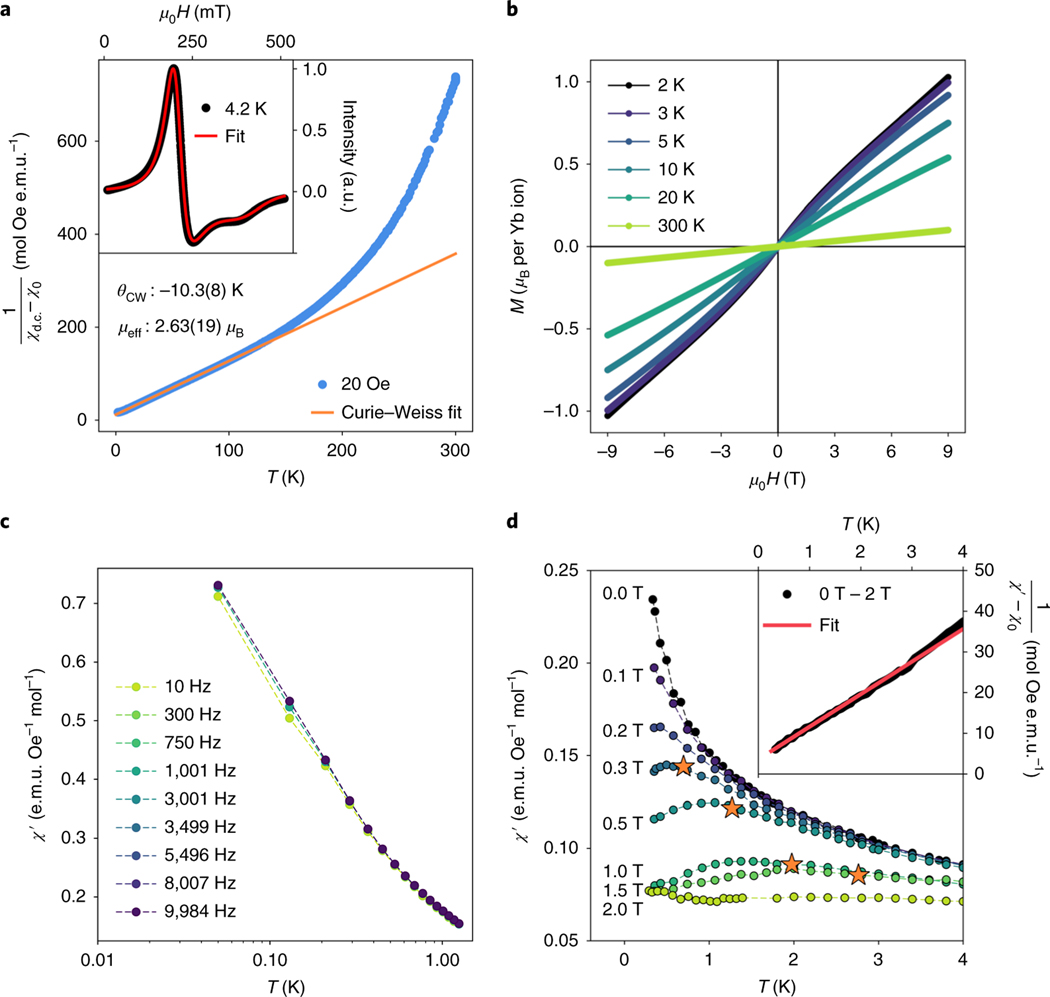Fig. 2 |. Low-field magnetization and magnetic susceptibility data.
a, Low-temperature Curie–Weiss fit to the constant field magnetic susceptibility in a temperature range free from Van Vleck contributions from high-energy crystal field doublets (where the majority of trivalent Yb ions are in the ground state). A large mean-field interaction strength of −10.3(8) K with an effective local moment, , of 2.63(19) is fit with a temperature-independent e.m.u. mol−1 background term. Inset: EPR data collected at 4.2 K fit to anisotropic -factors of and . b, Isothermal magnetization versus field data reaching only 67% of the expected per Yb ion polarized moment under . c, Temperature and frequency dependence of a.c. magnetic susceptibility from 50 mK to 4 K under zero field. d, data collected under applied magnetic fields. A minority fraction of free Yb moments are quenched at low temperatures and high fields, resulting in a peak in , and the downward inflection parameterizing this Zeeman splitting is denoted by orange stars. Inset shows field-subtracted data between 1 K and 3 K and a Curie–Weiss fit quantifying the fraction of free Yb moments in the system, as described in the text. Values in parentheses and error bars indicate one standard deviation. a.u., arbitrary units.

